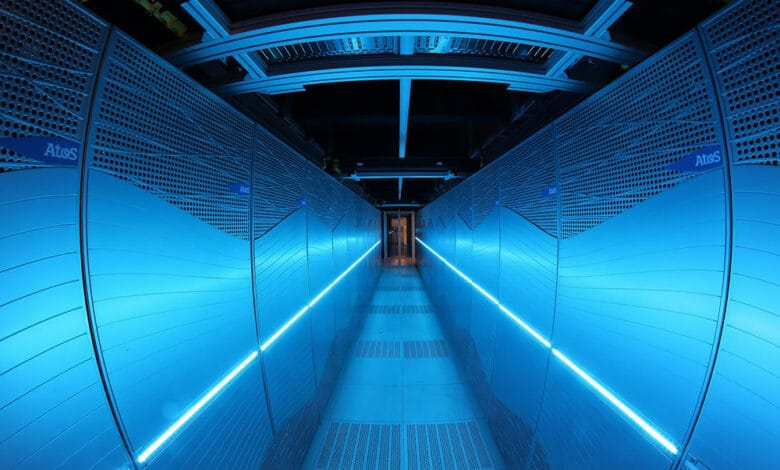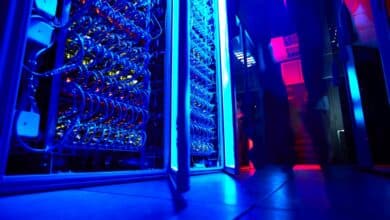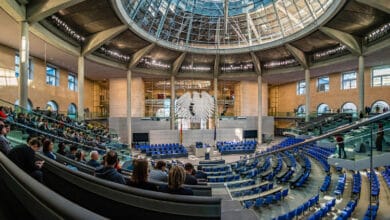
The fact that climate change continues to progress and has negative effects on humans and nature is not new. Taking a snapshot of how the climate has changed to extremes compared to just a few years ago is no mean feat either. It becomes more complicated when it comes to forecasts for the future. For some time now, computer technology has been used to help with this. The German Climate Computing Center has now inaugurated a new colleague that is supposed to be able to provide even more reliable information with its abundant computing power. Its name: Levante.
A supercomputer for climate protection
In order to be able to show climate skeptics what challenges we will face in the coming years and decades, calculations of climate models are essential. Among other things, these show the upcoming temperature changes. On the basis of these, the negative consequences of climate change can be better demonstrated. But all of this also requires a lot of computing power. To cope with the complex statistical and mathematical calculations, the German Climate Computing Center has now put a new supercomputer, Levante, into operation. The scientific institution, which is part of the University of Hamburg, has replaced its old mainframe computer.
This was called Mistral, and for seven years it provided reliable calculations on all aspects of climate. However, if you take a look at its successor, it quickly becomes clear that Mistral is overshadowed by it. Levante offers, among other things, 16 petaflops of pure computing power. That corresponds to 16,000 teraflops. It thus offers more than five times as much computing power as its predecessor, which also comes from the manufacturer Atos. A direct performance comparison to current gaming consoles becomes more comprehensible. An Xbox Series X offers a computing power of about 12 teraflops. With the help of Levante’s abundant computing power, the calculations of climate simulations should become even more accurate and thus more reliable.
Not a classic mainframe computer
Levante’s architecture differs in part fundamentally from other mainframes in general and supercomputers in particular. This becomes clear when looking at the core – the processor unit. For example, manufacturer Atos obviously relies for the most part on processors as a tool for calculating complex data. A look at the Levante’s configuration quickly reveals this. A total of 5,664 processors work under the hood of the powerful computer. Atos relies on CPUs in the form of the Epyc 7763, which each offer 64 cores. The manufacturer always bundles two of the processors in a so-called computing node.
Each of these nodes then offers another 256 GB of RAM. If more RAM is needed selectively, this demand can probably also be covered by some nodes that offer 512 GB or even 1024 GB. Unlike many other supercomputers, Atos does not rely on the power of many so-called accelerators for its Levante. Here, the manufacturer only installs four A100s from Nvidia per sixty nodes. These then offer either 80 GB or 40 GB of performance. Of course, the Levante doesn’t have a standard sized hard drive either. Instead, Atos installs a 130 petabyte model here.
Reliable long-term climate calculations
That all sounds like plenty of power. Of course, there’s a risk of overheating in the process. To make sure that doesn’t happen, high-temperature water cooling is used. But some of the heat generated is to be used for other purposes. For example, the supercomputer should be able to get so hot that some of the waste heat generated can be used as a heating source for the university building right next to it. But what major advances can we hope to see in the area of computation as a result of the replacement of Mistral? Levante should be able to produce much more reliable results in the area of long-term climate prediction. The supercomputer’s computing power comes into its own especially when it comes to global climate phenomena. After all, thanks to its power, it can now divide the earth into even smaller parts and perform corresponding calculations. The result should be more targeted and more accurate results.




No replies yet
Neue Antworten laden...
Neues Mitglied
Beteilige dich an der Diskussion in der Basic Tutorials Community →